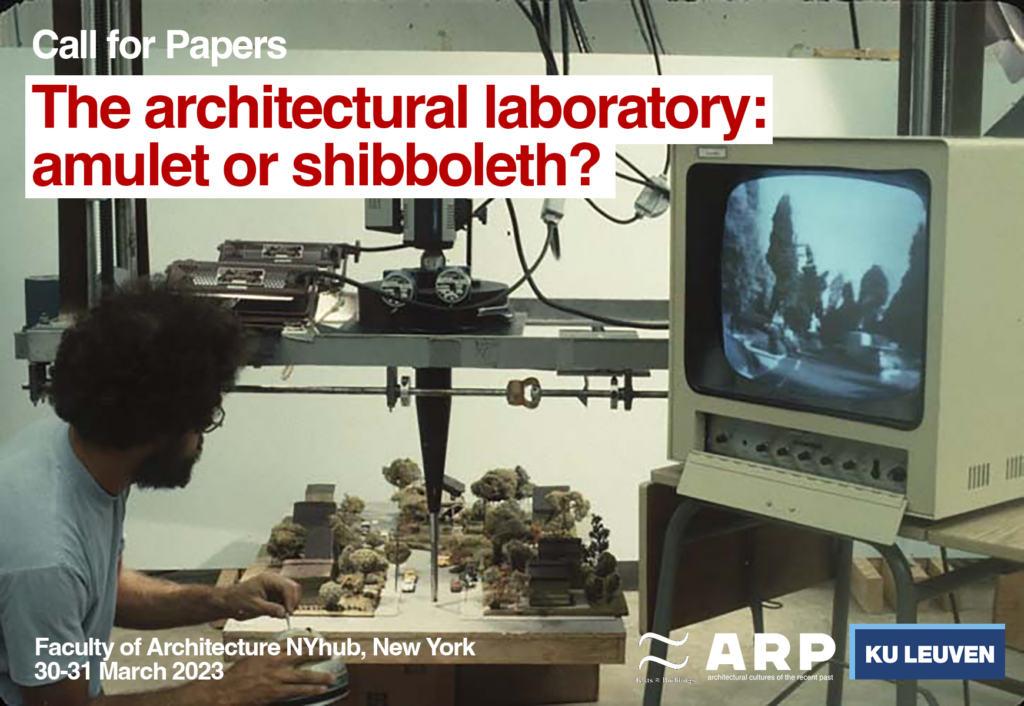
Following a first successful workshop centred around the theme of the laboratory in 20th-century architecture in 2022, the team is now organising a follow-up to this event dedicated to the same theme on 30 and 31 March 2023. In order to arrive at a broad historical and cultural understanding of this phenomenon, the workshop will explicitly focus on the laboratory’s strategic and practical role both within architectural circles and beyond its disciplinary boundaries. On the one hand, the laboratory has functioned as a kind of amulet: by withdrawing into the privileged space of the lab, and by employing the discourse — and sometimes, the apparatus and social organisations — of the natural sciences, architects were able to shield themselves from the pressures and critiques associated with traditional architectural practice. On the other hand, laboratories have also been used as a shibboleth: the familiar figure of the laboratory allowed architects to align themselves with traditions and practices outside of architecture proper, establishing connections with the social and natural sciences based on a shared and familiar scientific modus operandi.
These two strategic motivations — which are not mutually exclusive, and indeed often went hand-in-hand — inflect with the practical workings of architectural labs: is the notion of the laboratory used as a metaphor, indicating a different type of epistemological inquiry, or does it designate a distinct kind of praxis that distinguishes a lab from other ways of architectural practice through other ways of working?
Organizers encourage participants to submit papers which explore the above thematics in a specific case study. Beyond these general themes, the organizers suggest looking at the following dynamics of architectural laboratories:
1. Annotation: how is data generated and processed? Which techniques, practices and rituals were employed?
2. Personas: what was the role and impact of the main instigator of a lab? To what extent were they seen as the embodiment of a given research enterprise, and in what way did these architects try to assume the role — the persona — of a scientist?
3. Scientific fields: in what way were other disciplinary fields incorporated or appropriated into the architecture? How did architecture mimic the approaches of particular disciplinary practices?
4. Aesthetics: what was the role of the senses, how did architects approach observation, and how were these aspects of lab work organised?
The deadline for submissions is Saturday 24 December 2022
Notification of selection will be given in January 2023
Submissions (abstract and CV) may be sent to Janno Martens: janno.martens@kuleuven.be
More information can be found here.
